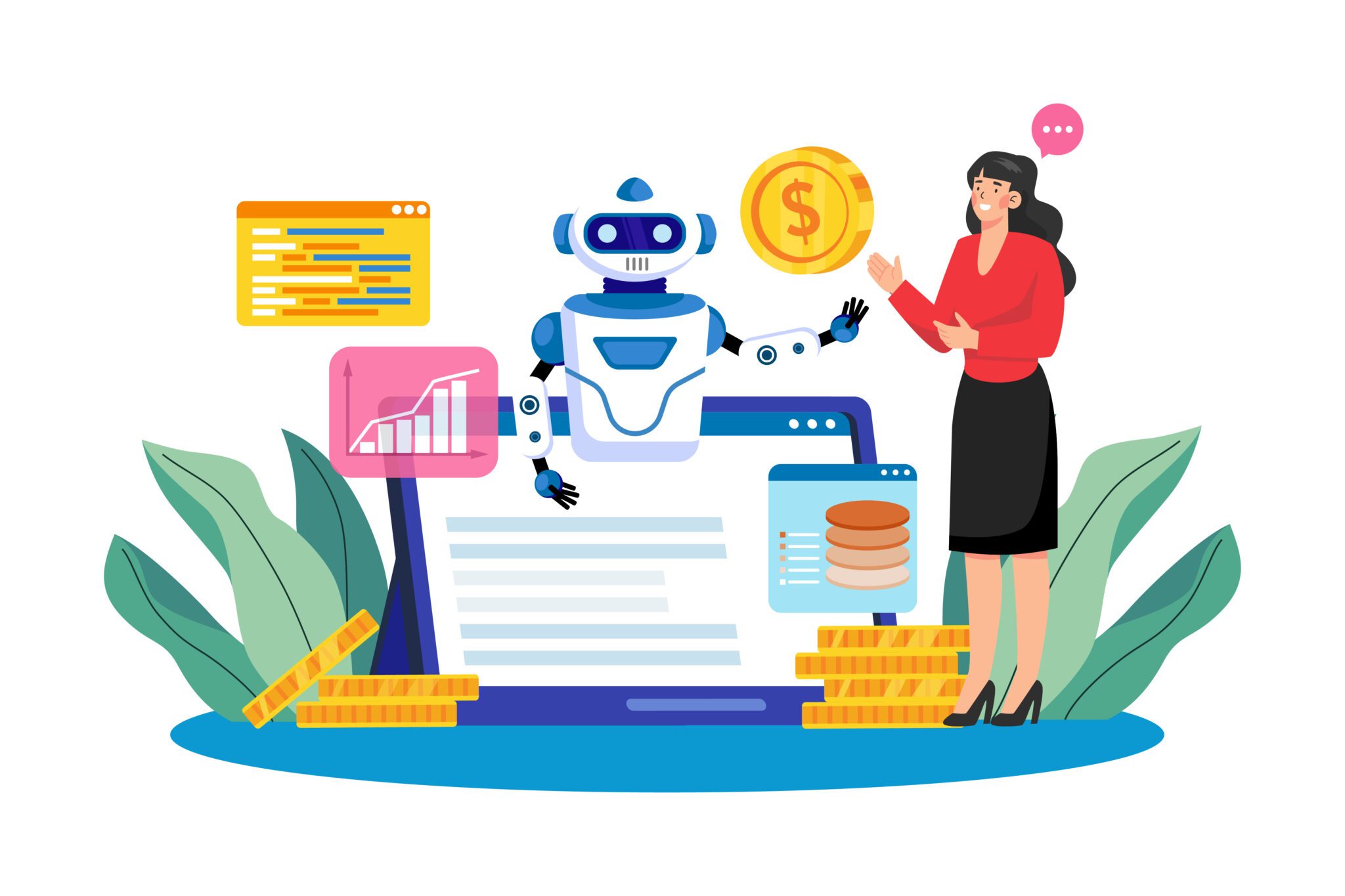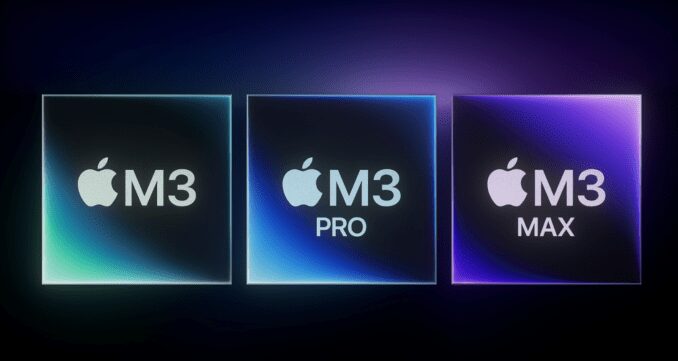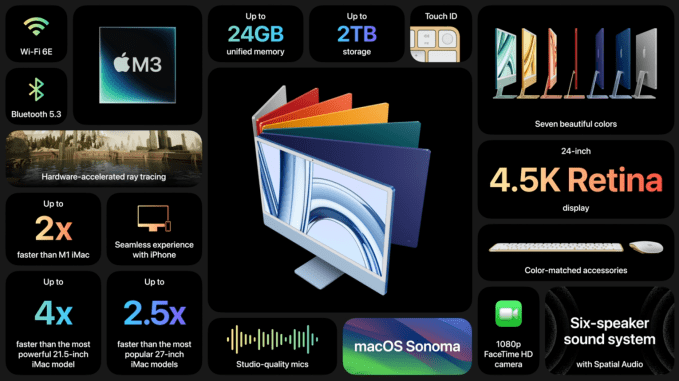In 2018, Rick Smith, founder and CEO of Axon, the Scottsdale, Arizona-based manufacturer of Taser weapons and body cameras, became concerned that advances in technology were creating new and challenging ethical issues. So, he set up an independent AI ethics board made up of ethicists, AI experts, public policy specialists, and representatives of law enforcement to provide recommendations to Axon’s management. In 2019, the board recommended against adding facial recognition technology to the company’s line of body cameras, and in 2020, it provided guidelines regarding the use of automated license plate recognition technology. Axon’s management followed both recommendations.
In 2022, the board recommended against a management proposal to produce a drone-mounted Taser designed to address mass shootings. After initially accepting the board’s recommendation, the company changed its mind and, in June 2022, in the wake of the Uvalde school shootings, announced it was launching the taser drone program anyway. The board’s response was dramatic: Nine of the 13 members resigned, and they released a letter that outlined their concerns. In response, the company announced a freeze on the project.
As societal expectations grow for the responsible use of digital technologies, firms that promote better practices will have a distinct advantage. According to a 2022 study, 58% of consumers, 60% of employees, and 64% of investors make key decisions based on their beliefs and values. Strengthening your organization’s digital responsibility can drive value creation, and brands regarded as more responsible will enjoy higher levels of stakeholder trust and loyalty. These businesses will sell more products and services, find it easier to recruit staff, and enjoy fruitful relationships with shareholders.
However, many organizations struggle to balance the legitimate but competing stakeholder interests. Key tensions arise between business objectives and responsible digital practices. For example, data localization requirements often contradict with the efficiency ambitions of globally distributed value chains. Ethical and responsible checks and balances that need to be introduced during AI/algorithm development tend to slow down development speed, which can be a problem when time-to-market is of utmost importance. Better data and analytics may enhance service personalization, but at the cost of customer privacy. Risks related to transparency and discrimination issues may dissuade organizations from using algorithms that could help drive cost reductions.
If managed effectively, digital responsibility can protect organizations from threats and open them up to new opportunities. Drawing from our ongoing research into digital transformations and in-depth studies of 12 large European firms across the consumer goods, financial services, information and communication technology, and pharmaceutical sectors who are active in digital responsibility, we derived four best practices to maximize business value and minimize resistance.
1. Anchor digital responsibility within your organizational values.
Digital responsibility commitments can be formulated into a charter that outlines key principles and benchmarks that your organization will adhere to. Start with a basic question: How do you define your digital responsibility objectives? The answer can often be found in your organization’s values, which is articulated in your mission statement or CSR commitments.
According to Jakob Woessner, manager of organizational development and digital transformation at cosmetics and personal care company Weleda, “our values framed what we wanted to do in the digital world, where we set our own limits, where we would go or not go.” The company’s core values are fair treatment, sustainability, integrity, and diversity. So when it came to establishing a robotics process automation program, Weleda executives were careful to ensure that it wasn’t associated with job losses, which would have violated the core value of fair treatment.
2. Extend digital responsibility beyond compliance.
While corporate values provide a useful anchor point for digital responsibility principles, relevant regulations on data privacy, IP rights, and AI cannot be overlooked. Forward-thinking organizations are taking steps to go beyond compliance and improve their behavior in areas such as cybersecurity, data protection, and privacy.
For example, UBS Banking Group’s efforts on data protection were kickstarted by GDPR compliance but have since evolved to focus more broadly on data-management practices, AI ethics, and climate-related financial disclosures. “It’s like puzzle blocks. We started with GDPR and then you just start building upon these blocks and the level moves up constantly,” said Christophe Tummers, head of service line data at the bank.
The key, we have found, is to establish a clear link between digital responsibility and value creation. One way this can be achieved is by complementing compliance efforts with a forward-looking risk-management mindset, especially in areas lacking technical implementation standards or where the law is not yet enforced. For example, Deutsche Telekom (DT) developed its own risk classification system for AI-related projects. The use of AI can expose organizations to risks associated with biased data, unsuitable modeling techniques, or inaccurate decision-making. Understanding the risks and building practices to reduce them are important steps in digital responsibility. DT includes these risks in scorecards used to evaluate technology projects.
Making digital responsibility a shared outcome also helps organizations move beyond compliance. Swiss insurance company Die Mobiliar built an interdisciplinary team consisting of representatives from compliance, business security, data science, and IT architecture. “We structured our efforts around a common vision where business strategy and personal data work together on proactive value creation,” explains Matthias Brändle, product owner of data science and AI.
3. Set up clear governance.
Getting digital responsibility governance right is not easy. Axon had the right idea when it set up an independent AI ethics board. However, the governance was not properly thought through, so when the company disagreed with the board’s recommendation, it fell into a governance grey area marked by competing interests between the board and management.
Setting up a clear governance structure can minimize such tensions. There is an ongoing debate about whether to create a distinct team for digital responsibility or to weave responsibility throughout the organization.
Pharmaceutical company Merck took the first approach, setting up a digital ethics board to provide guidance on complex matters related to data usage, algorithms, and new digital innovations. It decided to act due to an increasing focus on AI-based approaches in drug discovery and big data applications in human resources and cancer research. The board provides recommendations for action, and any decision going against the board’s recommendation needs to be formally justified and documented.
Global insurance company Swiss Re adopted the second approach, based on the belief that digital responsibility should be part of all of the organization’s activities. “Whenever there is a digital angle, the initiative owner who normally resides in the business is responsible. The business initiative owners are supported by experts in central teams, but the business lines are accountable for its implementation,” explained Lutz Wilhelmy, SwissRe risk and regulation advisor.
Another option we’ve seen is a hybrid model, consisting of a small team of internal and external experts, who guide and support managers within the business lines to operationalize digital responsibility. The benefits of this approach includes raised awareness and distributed accountability throughout the organization.
4. Ensure employees understand digital responsibility.
Today’s employees need to not only appreciate the opportunities and risks of working with different types of technology and data, they must also be able to raise the right questions and have constructive discussions with colleagues.
Educating the workforce on digital responsibility was one of the key priorities of the Otto Group, a German e-commerce enterprise. “Lifelong learning is becoming a success factor for each and every individual, but also for the future viability of the company,” explained Petra Scharner-Wolff, member of the executive board for finance, controlling, and human resources. To kickstart its efforts, Otto developed an organization-wide digital education initiative leveraging a central platform that included scores of videos on topics related to digital ethics, responsible data practices, and how to resolve conflicts.
Learning about digital responsibility presents both a short-term challenge of upskilling the workforce, and a longer-term challenge to create a self-directed learning culture that adapts to the evolving nature of technology. As issues related to digital responsibility rarely happen in a vacuum, we recommend embedding aspects of digital responsibility into ongoing ESG skilling programs,that also focus on promoting ethical behavior considering a broader set of stakeholders. This type of contextual learning can help employees navigate the complex facets of digital responsibility in a more applied and meaningful way.
Your organization’s needs and resources will determine whether you choose to upskill your entire workforce or rely on a few specialists. A balance of both can be ideal providing a strong foundation of digital ethics knowledge and understanding across the organization, while also having experts on hand to provide specialized guidance when needed.
Digital responsibility is fast becoming an imperative for today’s organizations. Success is by no means guaranteed. Yet, by taking a proactive approach, forward-looking organizations can build and maintain responsible practices linked to their use of digital technologies. These practices not only improve digital performance, but also enhance organizational objectives.

 News4 days ago
News4 days ago
 News6 days ago
News6 days ago
 News4 days ago
News4 days ago
 News4 days ago
News4 days ago
 News3 days ago
News3 days ago
 News4 days ago
News4 days ago
 News4 days ago
News4 days ago










